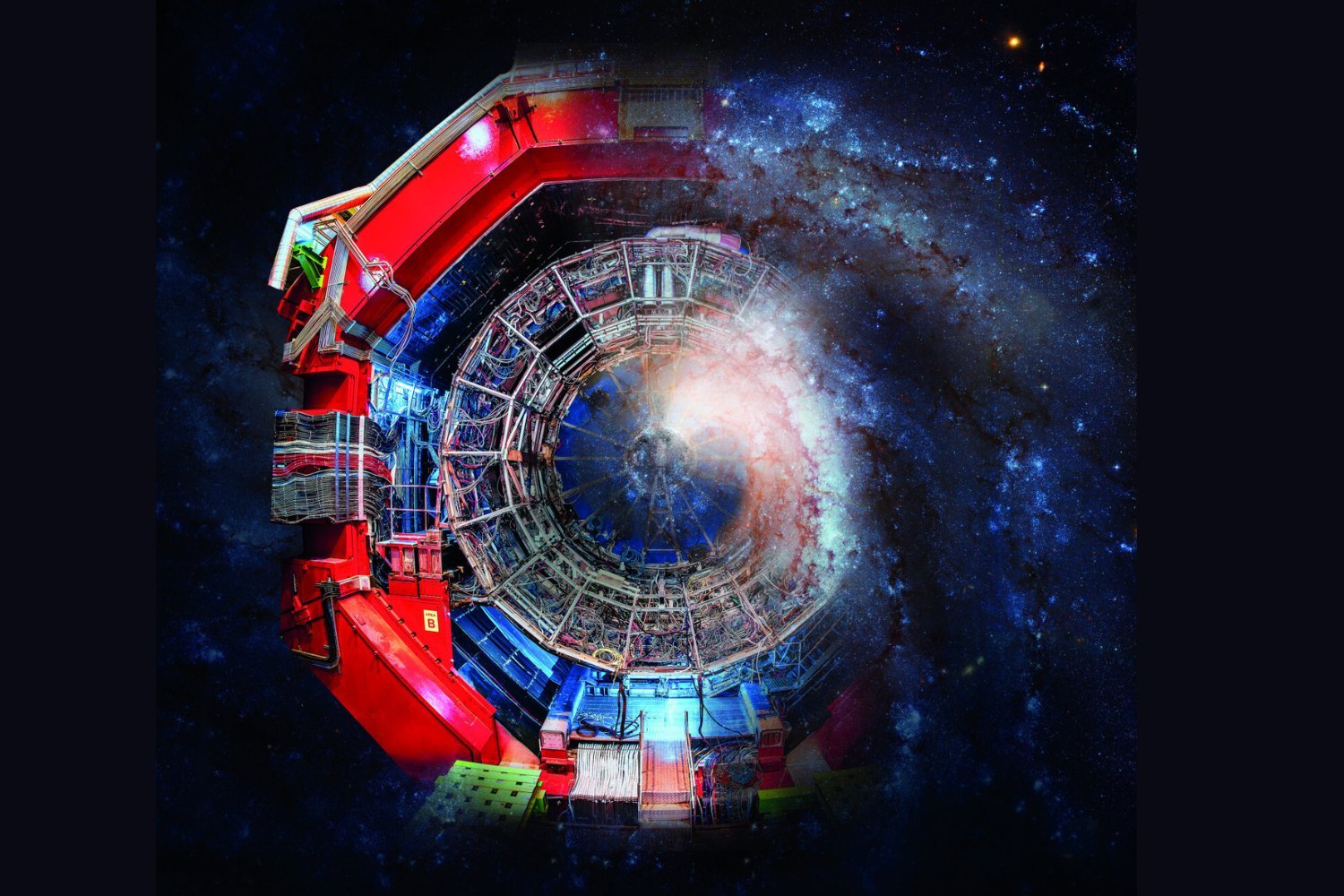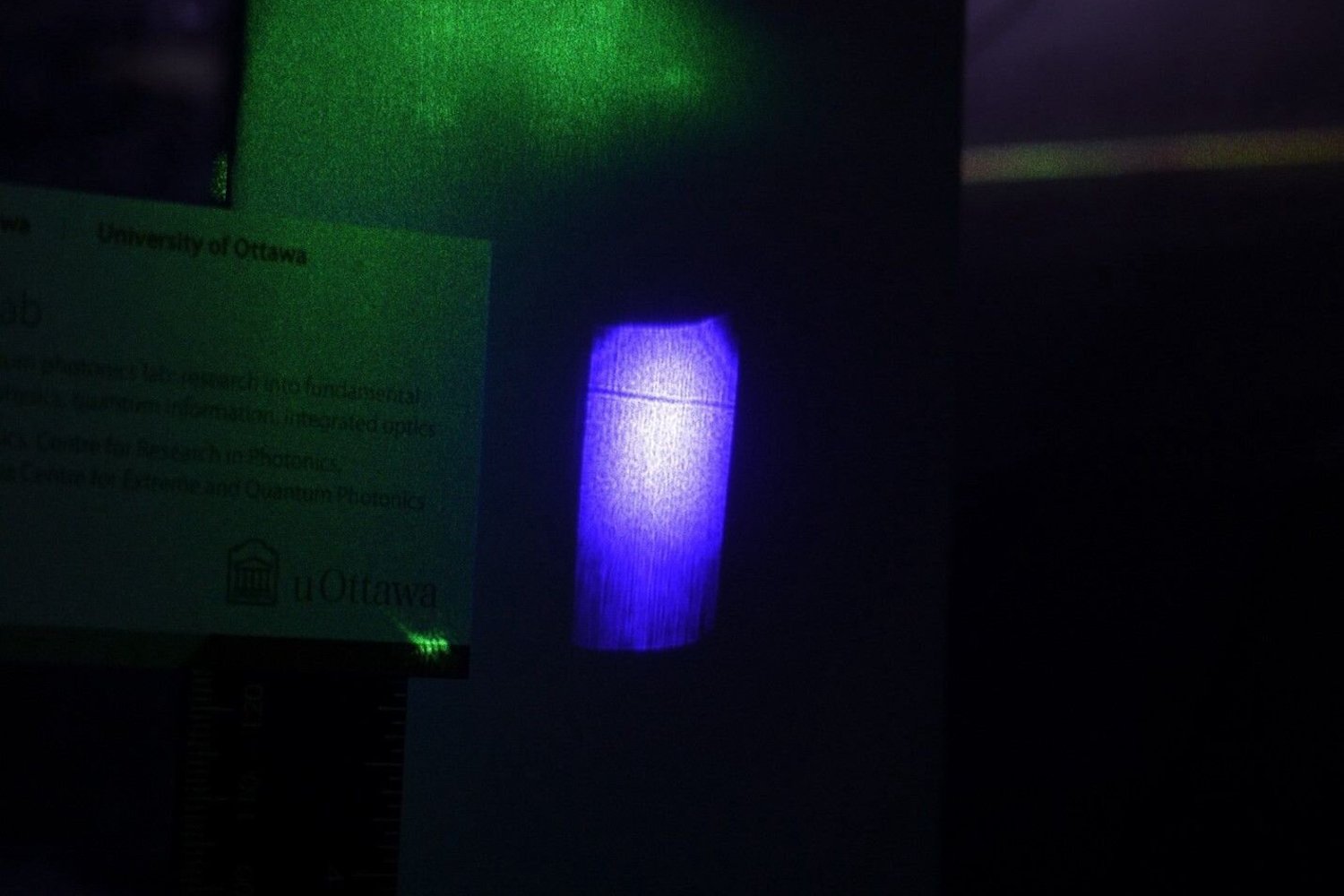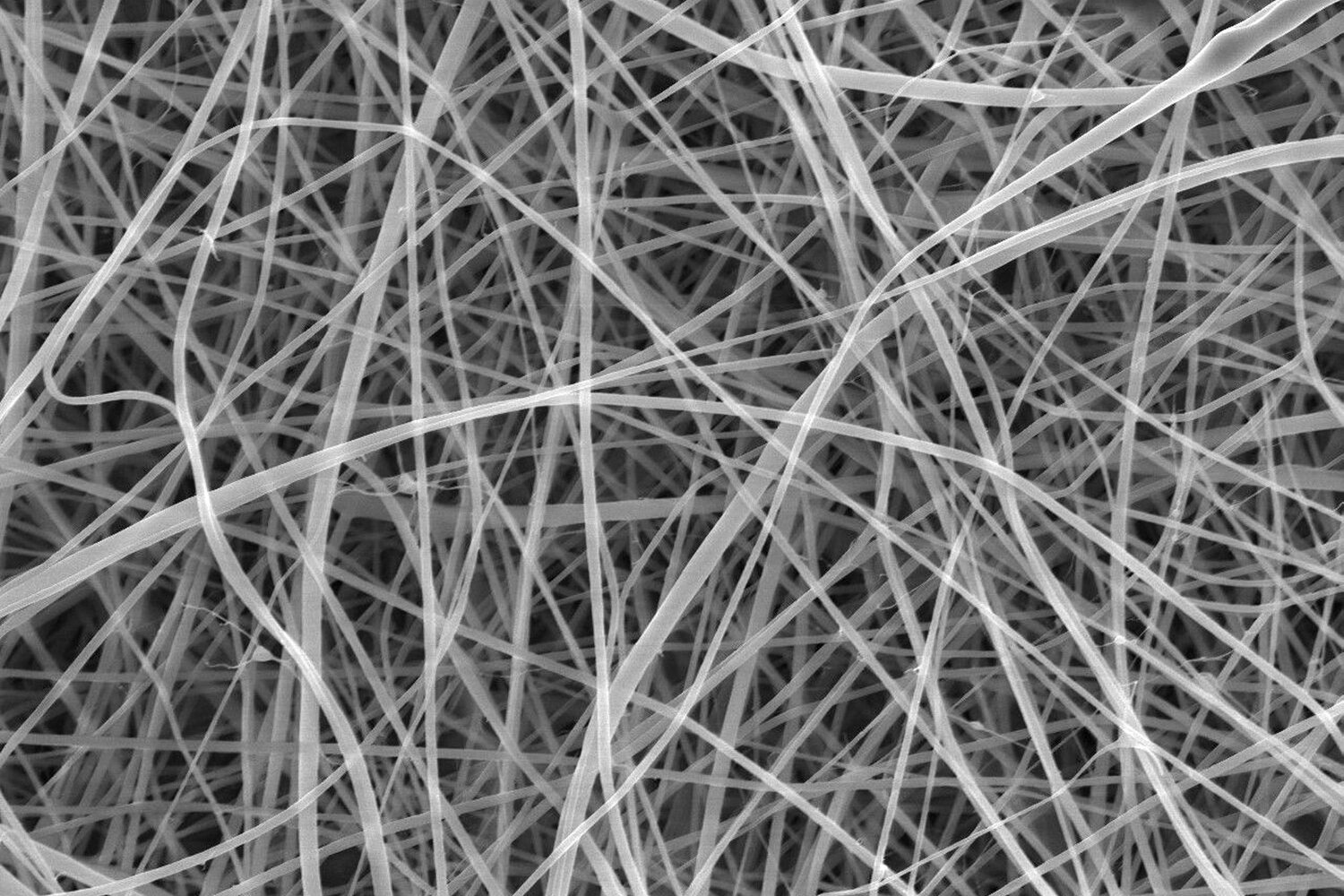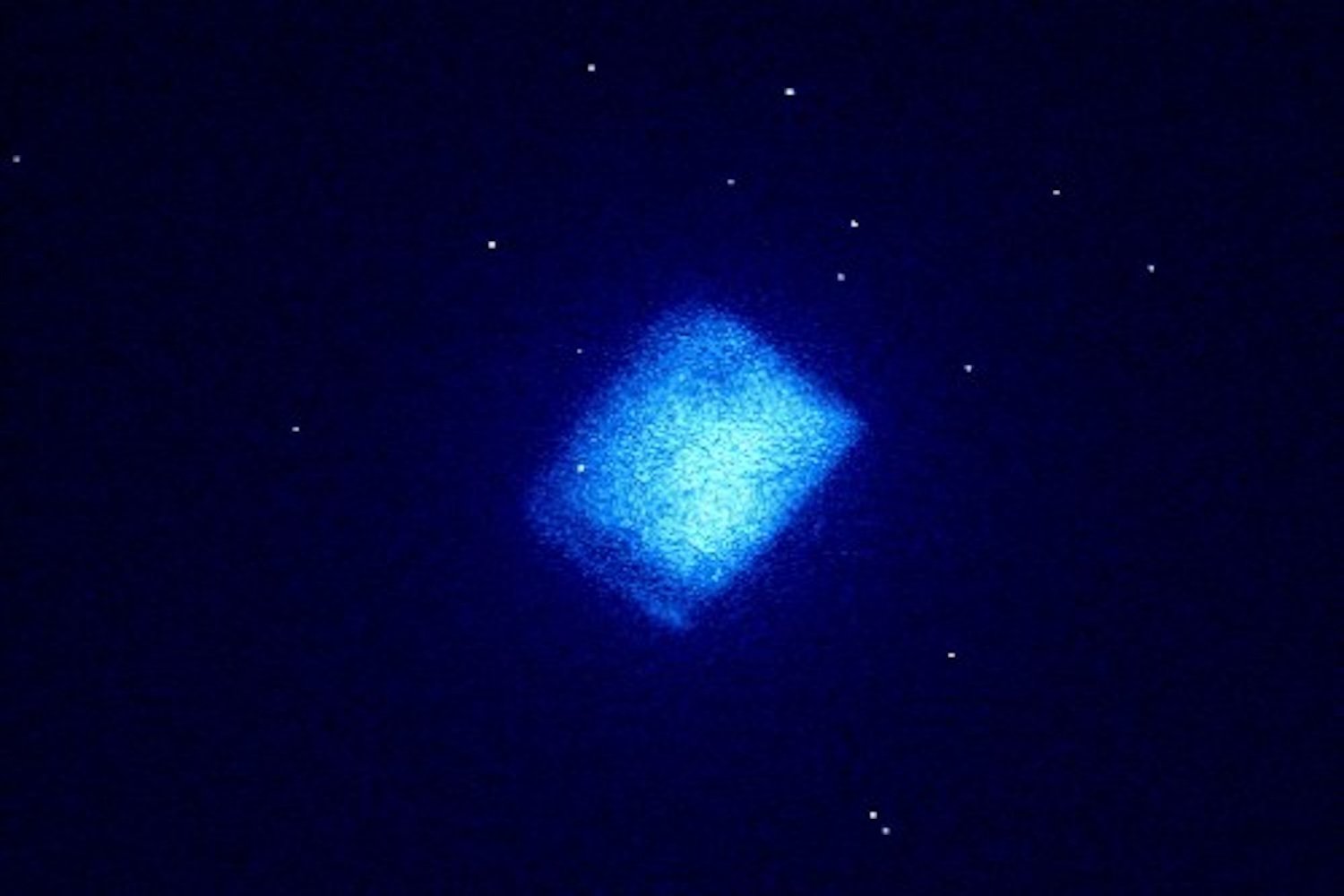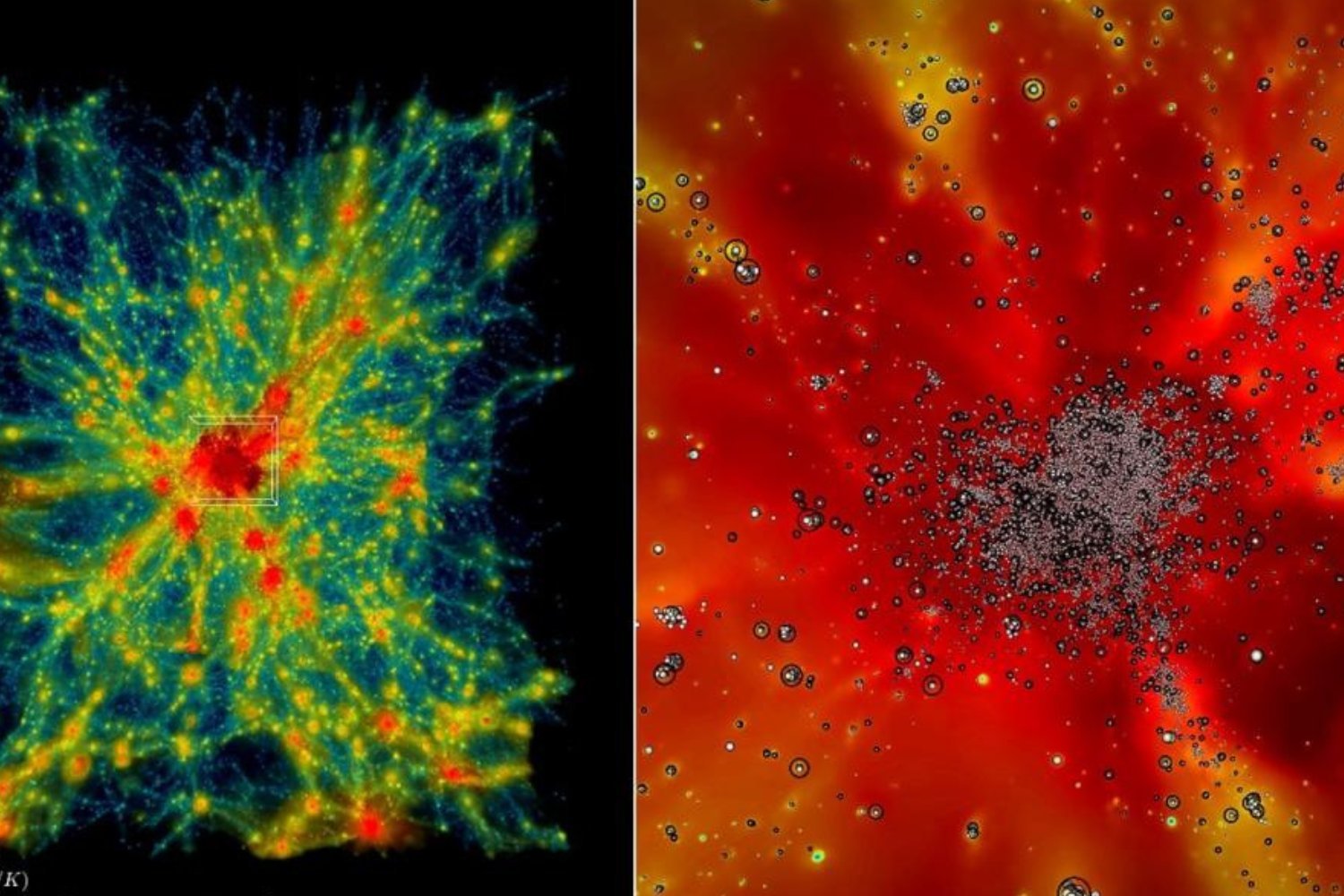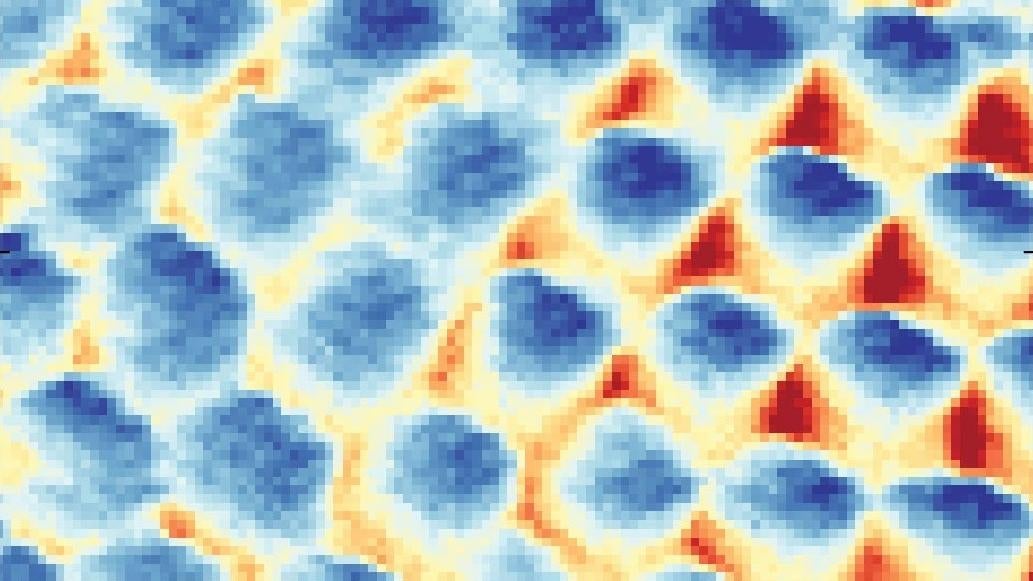Antimatter, the enigmatic counterpart to ordinary matter, continues to fascinate scientists. Two recent papers shed light on its perplexing origins and potential applications, offering insights into the nature of dark matter and innovative methods for monitoring nuclear reactors.
Antimatter is essentially matter with opposite electrical charges. While an electron carries a negative charge and a proton a positive charge, their antimatter counterparts, the positron and antiproton, possess opposite charges. Despite this difference, antimatter interacts with fundamental forces like gravity similarly to ordinary matter, confirming predictions of both Einstein and the Standard Model of Particle Physics.
A key question surrounding antimatter is its apparent scarcity in the universe. The Big Bang should have produced equal amounts of matter and antimatter, yet our universe is predominantly composed of matter. This asymmetry remains a significant puzzle in physics.
One paper, published in JCAP, explores the potential link between antimatter and dark matter. Dark matter, an invisible substance detectable only through its gravitational effects, could be responsible for the unexpected abundance of antimatter observed in cosmic rays. Researchers suggest that Weakly Interacting Massive Particles (WIMPs), a hypothetical dark matter candidate, could annihilate each other upon collision, producing both matter and antimatter.
The study focuses on the detection of antihelium nuclei by experiments like AMS-02 aboard the International Space Station. The observed amount of antihelium-3 significantly exceeds theoretical predictions based on standard cosmic-ray interactions. This excess could be explained by WIMP annihilation. However, the observed amount of the rarer antihelium-4 isotope remains unexplained, suggesting that WIMPs, even if responsible for dark matter, may not provide the complete picture.
“Theoretical predictions suggested a very low amount of antinuclei, especially antihelium, produced by cosmic rays,” explains Pedro De la Torre Luque, lead author of the JCAP paper and physicist at the Institute of Theoretical Physicists in Madrid. “The AMS-02 observations are orders of magnitude higher. This makes antinuclei a plausible clue to WIMP annihilation.”
A separate study published in AIP Advances presents a practical application of antimatter detection: monitoring nuclear reactors. Nuclear reactors produce antineutrinos, the antimatter counterpart of neutrinos, as a byproduct of nuclear reactions. Researchers propose a method to detect these antineutrinos, allowing for remote monitoring of reactor locations and activity. This innovative approach demonstrates the potential of harnessing antimatter’s unique properties for practical purposes.
These two studies highlight the multifaceted nature of antimatter research. While its origins and connection to dark matter remain open questions, the potential for practical applications, like reactor monitoring, underscores the importance of continued investigation into this intriguing realm of particle physics. Further research into antimatter promises to unlock deeper understanding of the universe and offer innovative solutions to real-world challenges.



